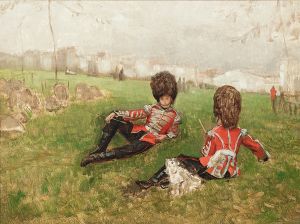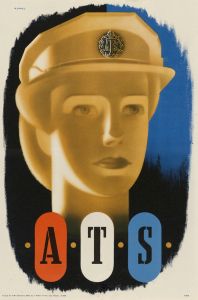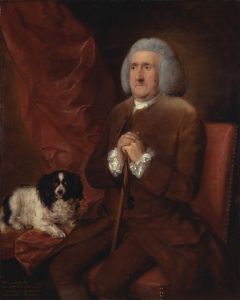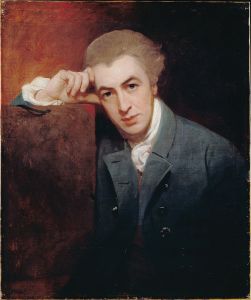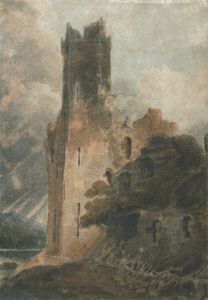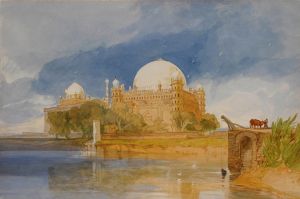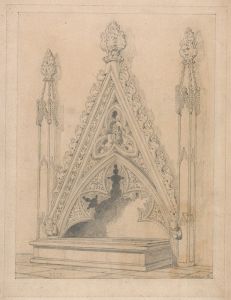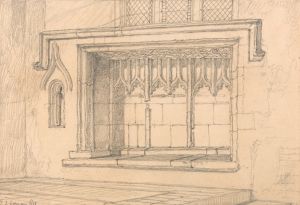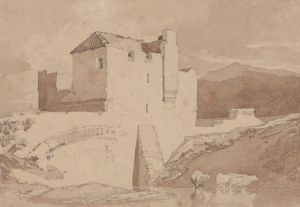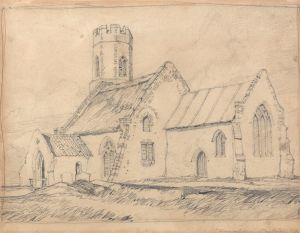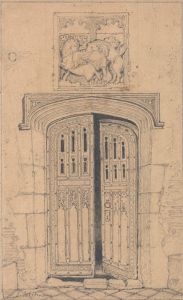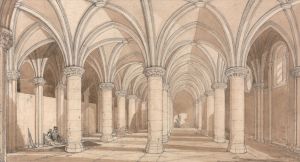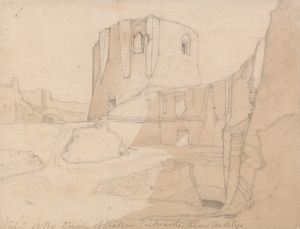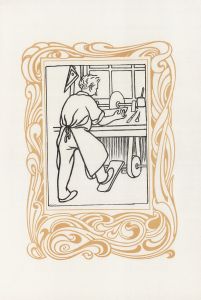
A Chest in Dersingham Church, Norfolk
A hand-painted replica of John Sell Cotman’s masterpiece A Chest in Dersingham Church, Norfolk, meticulously crafted by professional artists to capture the true essence of the original. Each piece is created with museum-quality canvas and rare mineral pigments, carefully painted by experienced artists with delicate brushstrokes and rich, layered colors to perfectly recreate the texture of the original artwork. Unlike machine-printed reproductions, this hand-painted version brings the painting to life, infused with the artist’s emotions and skill in every stroke. Whether for personal collection or home decoration, it instantly elevates the artistic atmosphere of any space.
John Sell Cotman was a prominent English artist and a leading figure in the Norwich School of painters, known for his landscape and architectural subjects. One of his works, "A Chest in Dersingham Church, Norfolk," exemplifies his interest in capturing the essence of historical and architectural details through his art.
Cotman was born in 1782 in Norwich, England, and became a significant figure in the early 19th-century British art scene. His work is characterized by a delicate use of watercolor and a keen eye for detail, often focusing on the interplay of light and shadow. Cotman's artistic journey began in earnest when he moved to London in 1798, where he became associated with the circle of artists around Dr. Thomas Monro, a patron of the arts who encouraged young artists.
"A Chest in Dersingham Church, Norfolk" is a watercolor painting that reflects Cotman's fascination with medieval architecture and historical artifacts. The painting depicts an intricately carved chest located in the church of St. Nicholas in Dersingham, a village in Norfolk. This church, like many others in Norfolk, is rich in history and contains numerous artifacts of interest to historians and artists alike.
Cotman's choice of subject matter in this painting demonstrates his interest in the Gothic Revival, a movement that sought to revive medieval Gothic architecture and design. His attention to detail in rendering the chest's carvings and the play of light across its surface showcases his technical skill and his ability to imbue everyday objects with a sense of historical significance.
The painting is executed in watercolor, a medium in which Cotman excelled. His technique involved the use of washes to build up layers of color, creating depth and texture. This method allowed him to capture the subtle variations in tone and the intricate details of the chest's carvings. The use of watercolor also lends the painting a certain luminosity, enhancing the viewer's appreciation of the craftsmanship of the chest.
Cotman's work, including "A Chest in Dersingham Church, Norfolk," is part of a broader tradition of British landscape and architectural painting that sought to document and celebrate the country's historical heritage. His paintings often serve as visual records of the architectural and cultural history of the regions he depicted, providing valuable insights into the past.
Throughout his career, Cotman produced numerous works that explored similar themes, and he became known for his ability to convey the beauty and complexity of architectural forms. His contributions to the Norwich School of painters helped to establish a distinct regional style that emphasized the unique qualities of the East Anglian landscape and its historical architecture.
Today, Cotman's works are held in high regard and can be found in major art collections, including the British Museum and the Tate Gallery. "A Chest in Dersingham Church, Norfolk" remains a testament to his skill as an artist and his dedication to capturing the historical and architectural beauty of his surroundings.





